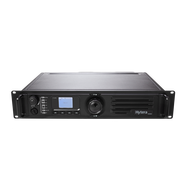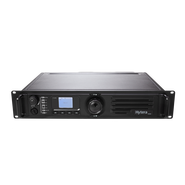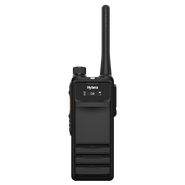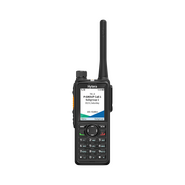The Background
The Monterosa Ski region lies within the heart of the Italian Alps at the foot of Monte Rosa, the second highest massif in Europe. The ski resort is divided between Piedmont and Valle d’Aosta, reaching a height of 3,275 metres between the territories of Alagna Valsesia, Gressoney-La-Trinite and Champoluc. The ski area comprises resorts in three main valleys, along with five smaller satellite ski stations.
Monterosa SpA is the company that manages the ski lifts in the area between the valleys of Champoluc and Gressoney in the Aosta Valley. A high quality, reliable communications system is of fundamental importance to the company to enable the efficient coordination of day-to-day operations in the resorts and out on the slopes. It is also essential for coordinating a fast response to an accident or incident on or off the pistes.
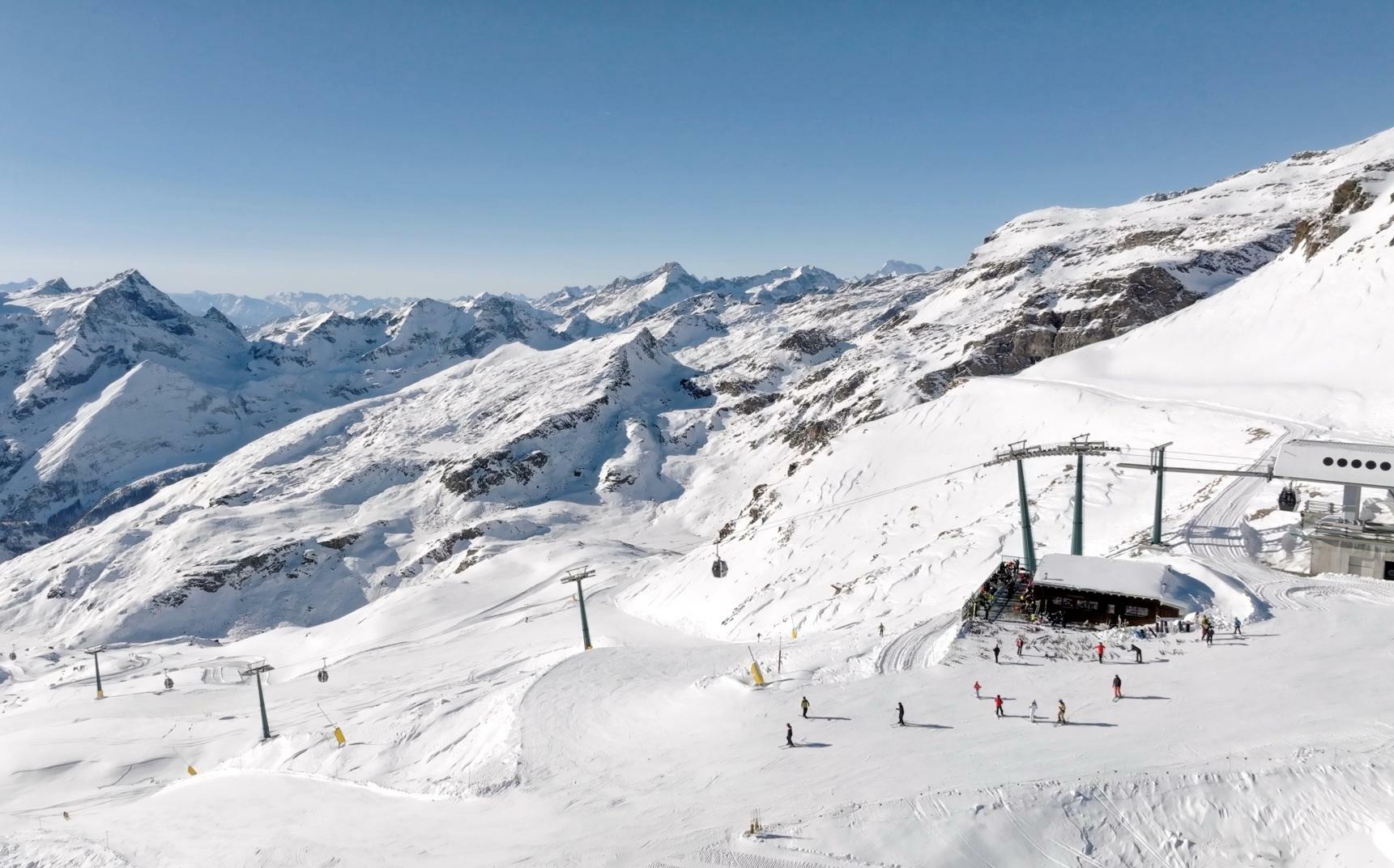
The Challenge
Previously, Monterosa relied on an out-of-date analog radio network based on stand-alone analog repeater bridges. The main challenge was to improve the overall quality of the communications system by modernising both the radio terminals and the network infrastructure.
Monterosa opted to replace the analog system with a modern Digital Mobile Radio (DMR) network. The aim was to link all the repeater sites together to provide a converged communications network covering the whole resort area and controlled from the operations centre in Champoluc.
By switching to DMR, Monterosa could retain its analog radio spectrum licences, but double the number of radio channels. This is because DMR technology provides two digital time slots for every one analog time slot. The other key advantage of this is that Monterosa could then create different radio talk groups. This allows the company to keep the facilities operations transmissions separate from those of the rescue teams.
Another requirement was to enable the network to confine communications to just one local repeater for both normal operations and rescue calls, rather than being transmitted over the entire radio network all the time. This helps to stop the network being clogged up with unnecessary calls that are of no concern to staff outside of that particular local area.
Finally, by upgrading the communications to modern digital radio standards, Monterosa wanted to be able to make use of value-added services such as messaging, radio status, individual calls, and most particularly, take advantage of in-built GNSS localisation technology to track and monitor the whereabouts of staff in real time to enhance their safety.
The Solution
The solution provided by Hytera partner BPG Radiocomunicazioni, with the support of the Italian Distributor Advantec Distribution, includes five HM785 mobile radios acting as base stations installed in the main ski stations, and four RD985S repeaters in the longer range VHF band located in various parts of the ski area.
Due to the difficulties of the terrain, the repeaters could not be physically connected via cable or fibre. Instead, they are wirelessly linked together in mixed mode using the HiperLAN (High Performance Radio LAN) standard with one RD985 UHF repeater deployed to provide UHF links.
To ensure the best possible coverage and provide added resilience, some of the repeaters are installed in dedicated sites with an autonomous power supply provided by solar panels.
The operations centre, based on BPG COM software, facilitates group, individual and emergency voice communications, better management of the radio fleet, and a faster response to emergencies thanks to radio status messages and the GNSS localisation technology built into the terminals.
Thanks to the additional time slots and radio channels provided by DMR technology, Monterosa was able to create different talk groups and allocate independent communication channels for different service departments and job roles within the ski resort.
The radio equipment used in the field comprises 182 Hytera HP705G and 10 HP785G handheld devices, which have been found to work well even in extremely harsh conditions such as prolonged use at very low temperatures.
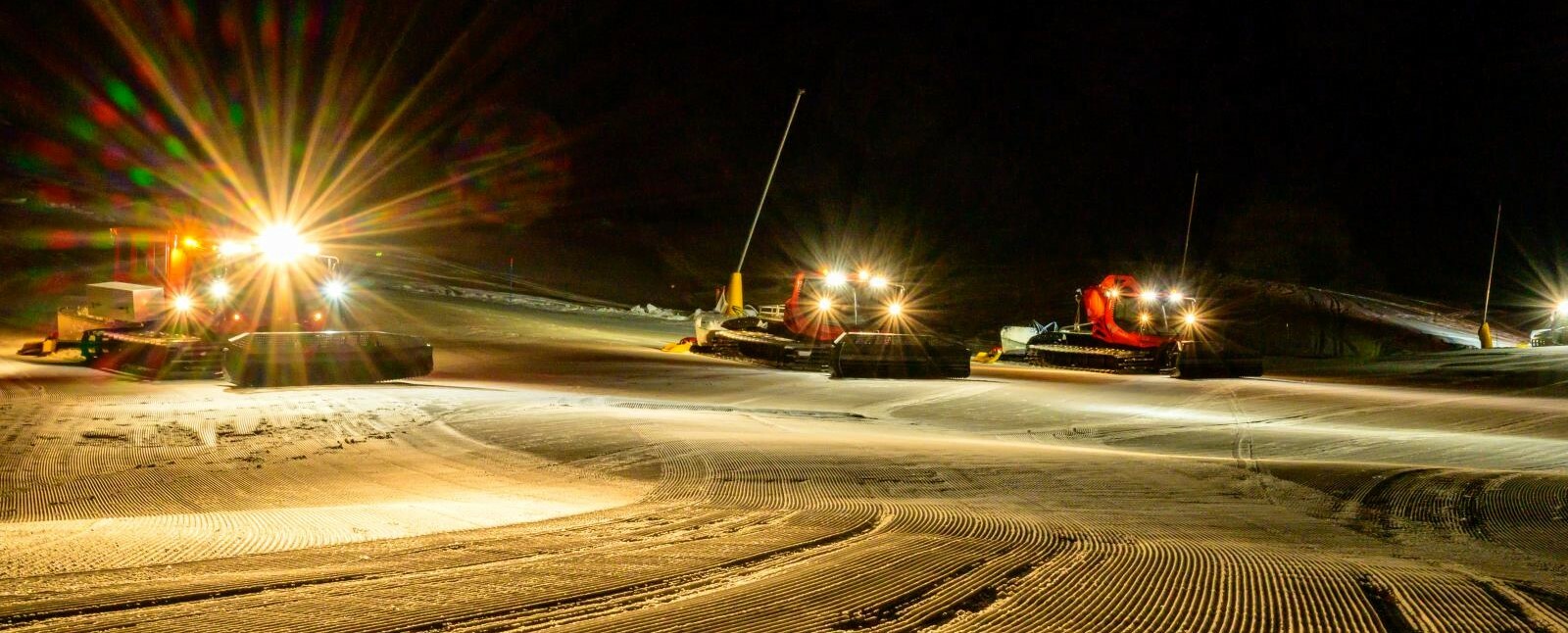
The Results
Thanks to the new radio network and the improved radio characteristics of the next generation H Series Hytera HP705, HP785 and HM785 terminals, radio coverage has been greatly improved, ensuring safe and reliable communications throughout the resort.
The interconnection of all the base stations and repeaters allows the Champoluc Operations Room to monitor all radio communications and locate the position of all staff via the GNSS technology in their radios in real time. This helps to ensure maximum operational safety and timeliness when it comes to dispatching rescue teams to help people in trouble on the slopes.
The ability to create discrete talk groups has helped to improve efficiency and productivity at the resort, as each member of staff only transmits and receives communications relevant to their department.
Roaming has become much simpler as the interconnected network means people no longer have to change the radio channel when they move into a different base station or repeater coverage area.
The HP705G and HP785G handheld terminals are thinner and lighter than previous generations and come with Man Down and Lone Worker features, which are obviously extremely useful for Monterosa staff working in remote parts of the resort or when operating in isolation.
The radios are extremely tough and rugged as they conform to the MIL-STD-810 G standard for shock, drop and vibration resistance. They are also IP68-rated against dust and moisture ingress. The latest Hytera AI-based noise cancellation technology makes it easier to hear calls even in noisy or windy conditions. Lastly, the radios have a battery capable of lasting 24-hours, so they are perfect for staff working long shifts.


